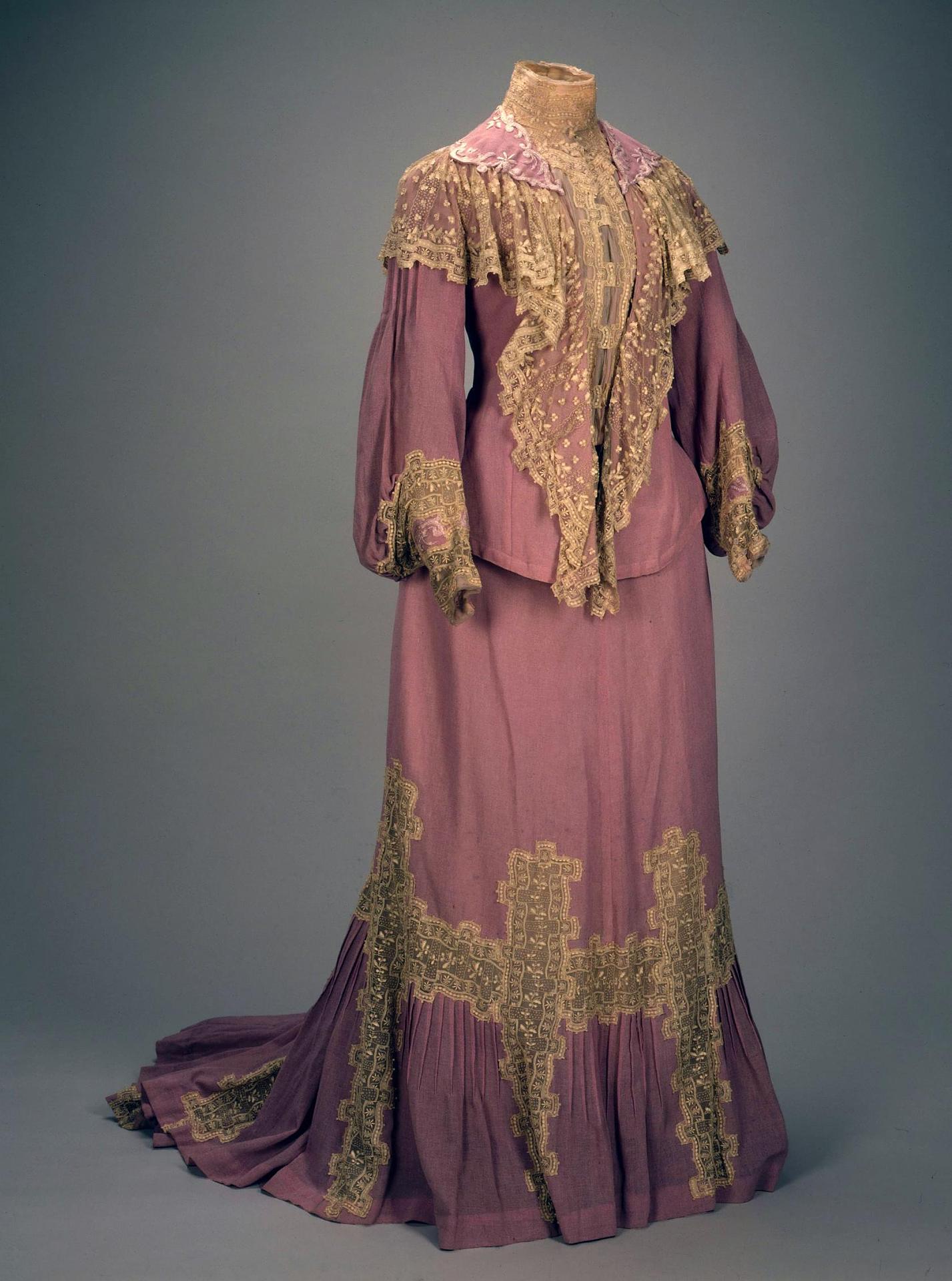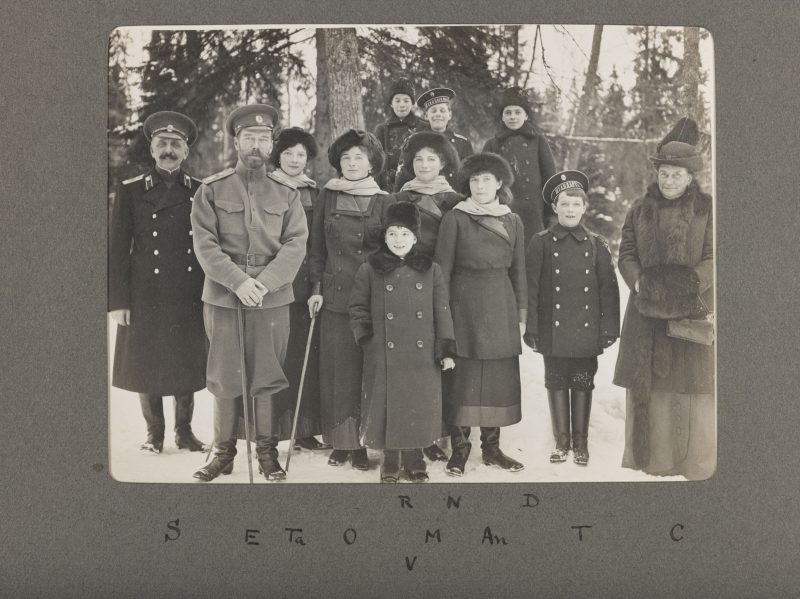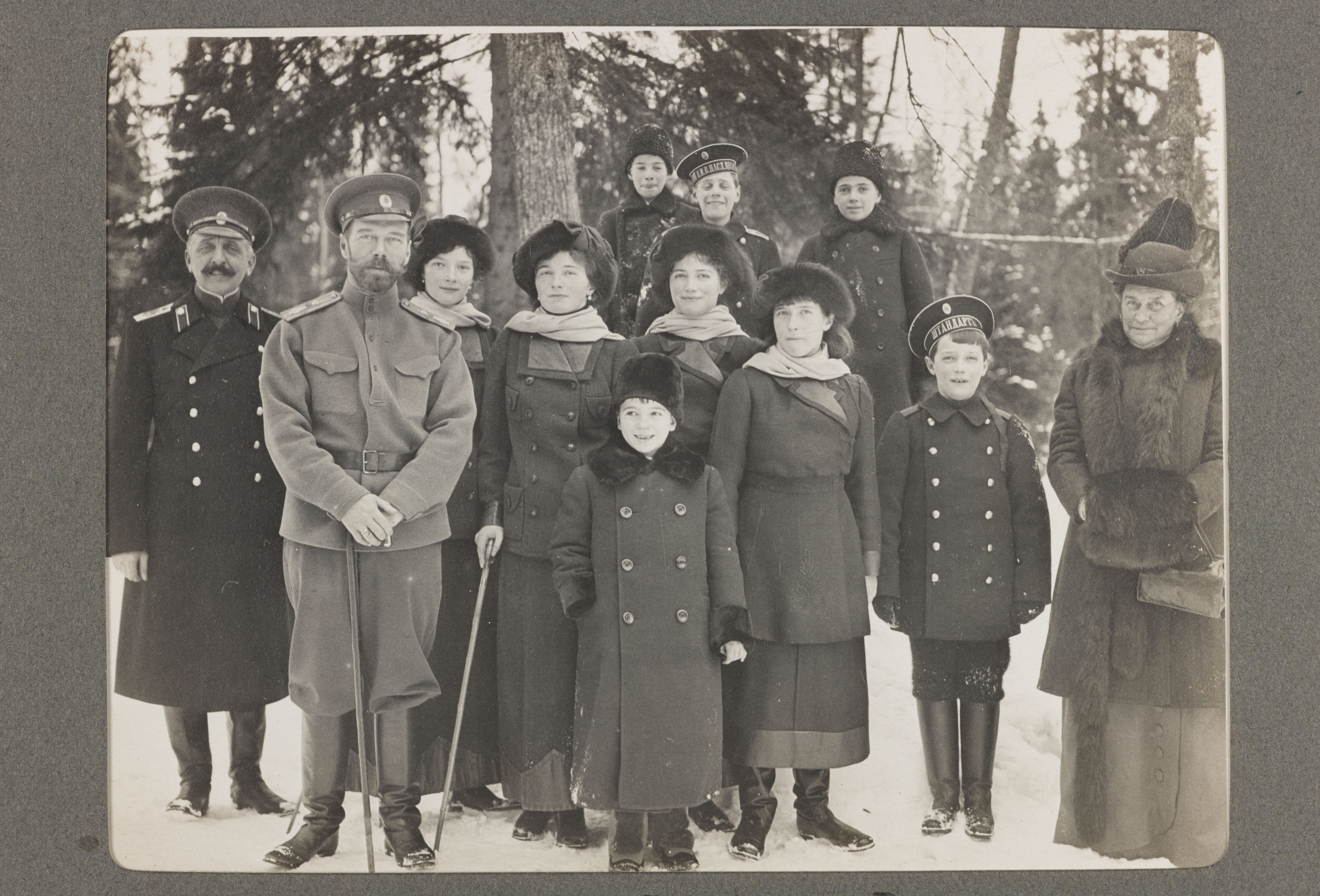Ipatiev House, Ekaterinburg, Russia. 17 July 1918. This was the place and time of the last known sighting of Russia’s former Tsar Nicholas II and his family. A century later, here at the Science Museum we’re opening an exhibition exploring the medical science behind the key events of the Romanovs’ lives – and deaths.
Our exhibition The Last Tsar: Blood and Revolution will retrace the lives of Nicholas II and Tsarina Alexandra as they navigated their roles as autocratic rulers of Russia, while caring for their young son and heir, who was born with haemophilia B. The royal household faced a turbulent backdrop of social upheaval and war between 1900 and 1918, but we’ll be focusing on the significant influence of medicine on the private lives of the imperial family. Over 70 years after their sudden disappearance, advances in medicine and forensic science transformed the investigation into their fate and solved one of the greatest mysteries of the 20th century.

The Romanov court will be coming to life at the Science Museum with rare artefacts such as the family’s personal diaries, private possessions and an imperial Fabergé egg the Tsar gave to his wife just a year before the fall of the imperial house. For the first time we’ll be displaying photo albums created by an English tutor to the imperial family, which are now part of the Science Museum Group collection. These albums offer a fascinating glimpse into the lives of the Romanovs – from boating trips and picnics, to sledging in the snowy grounds of their palace.

For many years Tsar Nicholas II and his wife Tsarina Alexandra longed for a son and heir to continue the Romanov dynasty. But their son Alexei was born with haemophilia B – the infamous ‘royal disease’ – a rare blood condition passed down from Queen Victoria. The family kept his condition secret and withdrew from public life, relying on help from doctors and controversial healers such as Rasputin. They were determined that no-one would know about Alexei’s illness – but their actions ultimately contributed to the fall of the 300-year-old dynasty.
In 1917, following revolutions in Russia, Tsar Nicholas II abdicated for himself and his son. Shortly afterwards the family were put under house arrest, and in July 1918 they disappeared. The investigation into the disappearance started in 1918 and remains open today. In our exhibition we’ll be showing original evidence from the scene of the family’s execution, including a single diamond earring belonging to the Tsarina, a damaged icon and dentures belonging to their doctor.

It wasn’t until over 70 years later that forensic scientists could piece together the events of that night. In 1991 there was a public announcement that some remains had been found near Ekaterinburg. The question in everyone’s minds was – could this be the Tsar and his family?
Leading experts from the UK’s Forensic Science Service were called upon to investigate the remains using modern DNA profiling. But at the time no-one had ever tested a sample as old as the Romanov bones, so the investigators couldn’t be sure it would work.
Relatives of the imperial family, including the Duke of Fife and Princess Xenia Cheremeteff Sfiri, gave blood samples to the scientists, which they compared to the remains. The investigation reached convincing conclusions.
One hundred years since its launch the investigation is still officially ongoing. For the first time we’ll be showing the original notes including the DNA profile of Tsar Nicholas II from the century-long forensic investigation into this historic case.
Explore the extraordinary lives and deaths of Tsar Nicholas II and his family and go behind the scenes to uncover the science behind one of the greatest mysteries of the 20th century in our free exhibition The Last Tsar: Blood and Revolution, opening 21 September 2018. Tickets are free but booking is required. Book now.
